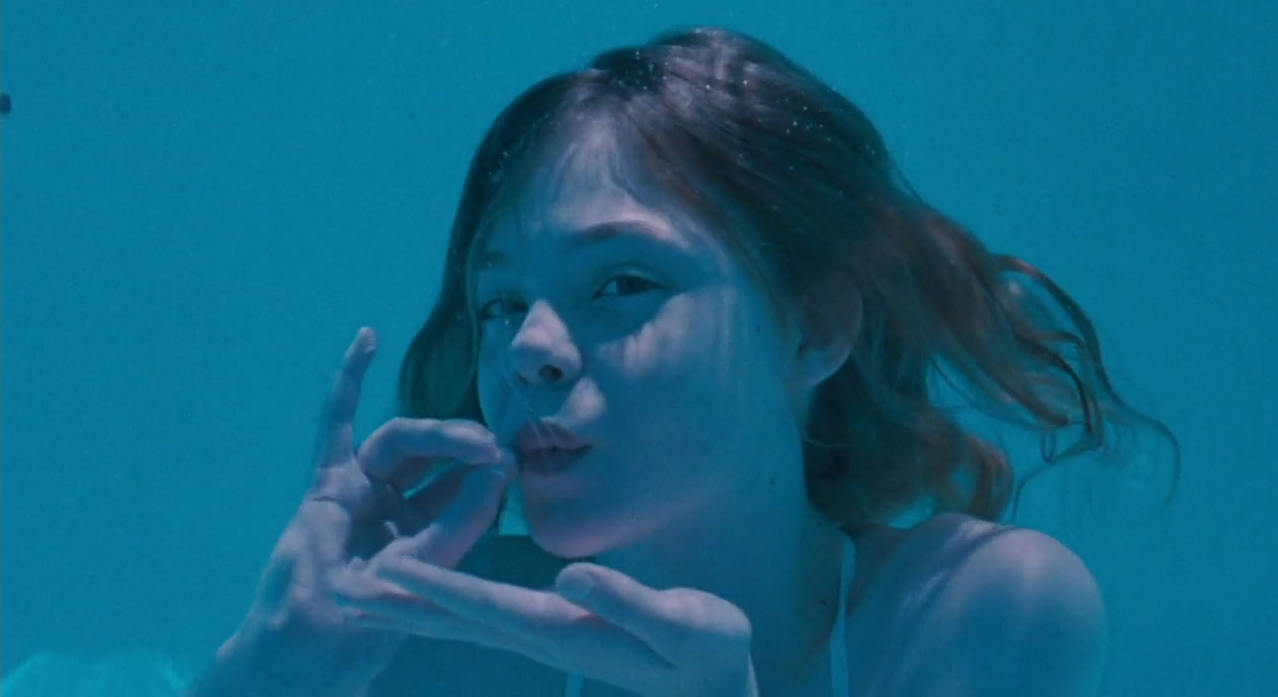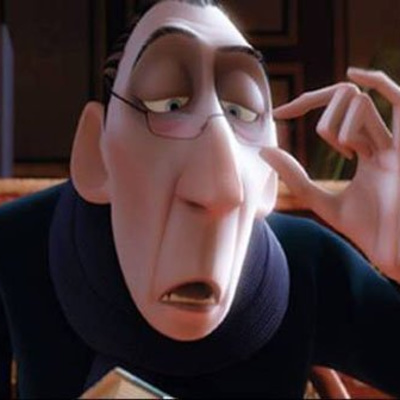Hitchcock once famously said, “To make a good film, you need three things — the script, the script, and the script”. I am not a big admirer of these words because they undermine so many aspects of a film that one must pay attention to. Script might be the most essential aspect, but that alone can’t make a great movie on its own.
Among the numerous things that matter, I want to focus on only one — the tone. I must clarify what I talk about when I talk about ‘the tone’. Tone encompasses everything that decides how we unconsciously react to the universe that is created in the film. Be it the lights, colours, sounds, or the music. Also, let’s not forget that Hitchcock himself — considering the way he creates mystery and drama through lights, sounds and music — was at the top of his tonal game.
When it comes to the understanding of tones, very few people are as good as Sofia Coppola. And her film Somewhere, is probably my favourite film of all time. New Yorker’s film critic Richard Brody named Somewhere among the top 25 films of the 21st century. A.O Scott of New York Times, in his beautiful review of Somewhere, says that you must pay attention to the film; keep looking for longer than you think you need to; suspend your expectations and see what happens.
As a filmmaker, the tones never leave me, even when the words do. Even now when I stroll back in my memories — both internal and external — it’s the tones and the textures of the geographical spaces that I remember. I think of it like this — internal memories come from our own experiences, external memories come to us when we are exposed to the internal memories of others. Fiction, in fact, is nothing but a mixture of these internal and external memories. These tonal memories form little banks of stillness, that I revisit every now and then.
Somewhere, for me, is one such bank of stillness. Though it’s a memory that came to me externally — it’s a glimpse into the memories of Sofia Coppola — I like how it makes me feel, so I visit it often. I relate to it because Ms Coppola shared those memories with honesty. In a podcast with Sam Jones, Richard Linklater explains how the power of cinema translates your feeling to the screen, if your feelings towards the subject are personal and honest. In Boyhood, he used the image of a kid burying a dead bird. This image meant something to him, it was his internal memory, so he knew it would resonate with the audience. Boyhood is pretty much the collection of these personal memories, which ended up saying so much more.
Internal memories serve as the basic foundation every piece of art I create. I reminisce about the days from my past — sometimes consciously, sometimes unconsciously — trying to absorb all that I can. And every single time, it’s just the tone of the places and the moments that I remember. When I revisit a breakup, I remember how the light fell on my girlfriend’s face, or the song that played in the background. When I remember my Nani’s place, I think about the colour of paint on the walls, the halogen light bulbs, the smells from the kitchen, or the tandoor, made of mud, which was kept outside the home. I now wish I’d touched the tandoor more often, so I could have made my banks of stillness wealthier.
External memories come to me when I get a glimpse into someone else’s memory. But coming from an external source, there are times when I strive for more information. For instance, in the Harry Potter films, there are a lot of geographical spaces that I wish to visit. But since someone else was controlling how I perceive these memories, they were never revealed in a way that I would have wanted to see them.
For instance, I’ve always wanted to visit the dining hall of Hogwarts. While in the films, I usually got to see a crowded dining hall, except for during the Christmas season; the idea of an empty dining hall always fascinated me. I often think about the texture of the flooring and of the wooden tables and how it would have felt to touch them. That is why, I would have wanted to see a Harry Potter film directed by a Sofia Coppola where the focus would be on the moments of stillness — a few students playing chess in a dimly lit dining hall for hours, without any fear of keeping the plot moving — where you get to absorb the geographical spaces, and they come out with a character of their own. Alfonso Cuaron came closest to portraying the castle of Hogwarts as a character, in Harry Potter And The Prisoner Of Azkaban. But it still lacked the surrealistic stillness that I am talking about. Not to blame the makers, it’s just that the world was so fascinating, I would have loved to see so many stranded corners of Hogwarts in their moments of stillness.
Somewhere, broadly speaking, is a film about loneliness. There are a huge number of tricks that a writer or a filmmaker can resort to while trying to take hold of your senses through the tones. A writer once famously said, “When I don’t how to take the script forward, I just make it rain”. But the scenes from Somewhere that affect me the most are set up in broad daylight. What’s remarkable about Sofia Coppola’s Somewhere is that it doesn’t resort to such ’enablers’ to make you feel things.
Usually it’s the nights that depress people and makes them feel lonely. They can’t sleep in the dark because it terrifies them. For me, it’s the opposite. I am afraid of broad daylight. One of my biggest fears is to face loneliness upfront, in broad daylight, when no one expects you to feel that way. But Sofia Coppola made sunlight a character of the movie, which affects me the hardest. It also comforts me because it silently whispers — through a commendable grip over the tones — that it is okay to feel lonely. This reminds me of a beautiful quote, “I like to sit in a bathtub and pretend I am in a Sofia Coppola movie”.
It takes a lot of confidence and maturity to make a film like Somewhere. Sofia Coppola is making these personal films, hoping people would relate to them. That is why Ms Coppola made Somewhere six years after Lost In Translation because she was a more confident director then. Unlike Lost In Translation, Somewhere is not reliant on a heavy narrative. As a matter of fact, there is hardly any story in Somewhere. Her work is also labeled as pretentious because most of us haven’t seen that world up close. So it infuriates us, but the truth is that she is just smart enough to use her internal memories to in turn create powerful external memories for her audience. As a filmmaker, that is exactly what I strive to do as well.






Leave A Comment
You must be logged in to post a comment.